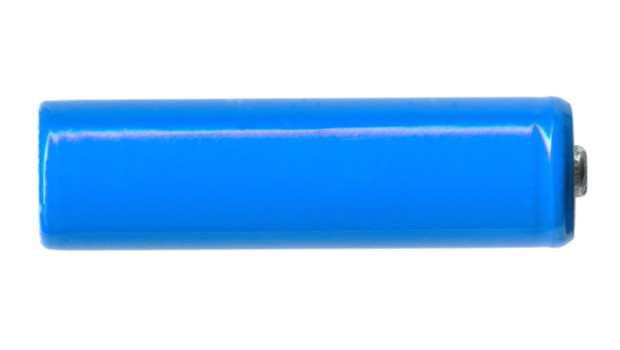Japanese researchers have developed a new type of lithium-ion conductor that could help prevent the kind of lithium-ion battery fires that grounded the Boeing 787 Dreamliner aircraft last year.
While easily rechargeable, lithium-ion batteries contain flammable organic solvents that present a risk of fire, as seen in a recall of Apple MacBook Pro replacement batteries.
Many researchers have been trying to develop a battery based on a solid-state material than can conduct lithium ions.
A team at Tohoku University in northern Japan has used lithium borohydride (LiBH4), an agent used in organic chemistry processes, to create a conductor that could become the basis for a new solid-state battery.
The team focused on the rock salt-type crystal structure of LiBH4 as a potential conductor, but it was only stable under high-temperature, high-pressure conditions.
To make it stable at room temperature, the researchers used a process called doping to add small amounts of LiBH4 to potassium iodide, an inorganic compound used to iodise table salt.
The result, as described in a study published in the journal APL Materials, proved to be a pure lithium ion conductor despite its low lithium ion content.
The researchers dubbed it a “Parasitic Conduction Mechanism” because the LiBH4 acts as a kind of “parasite” instead of a host material.
“This parasitic conduction mechanism has a possibility to be applied in any lithium-ion conductors,” Hitoshi Takamura, an associate professor at Tohoku University who led the study, wrote in an email interview.
“This mechanism can take place if a small amount of lithium ion can be doped to any oxides, sulfides, halides and nitrides to be a host framework.”
The risk of fire in a battery using the mechanism would be much reduced because the amount of LiBH4 is limited, he added.
The battery is still in the research phase. While the researchers have not estimated how much such batteries might cost, Takamura said the lower fire risk would enable a simplified and cheaper cell structure.
The team plans to enhance the prototype battery’s lithium-ion conductivity and explore various doping agents that could optimise the lithium-ion pathways.
Tim Hornyak, IDG News Service







Subscribers 0
Fans 0
Followers 0
Followers